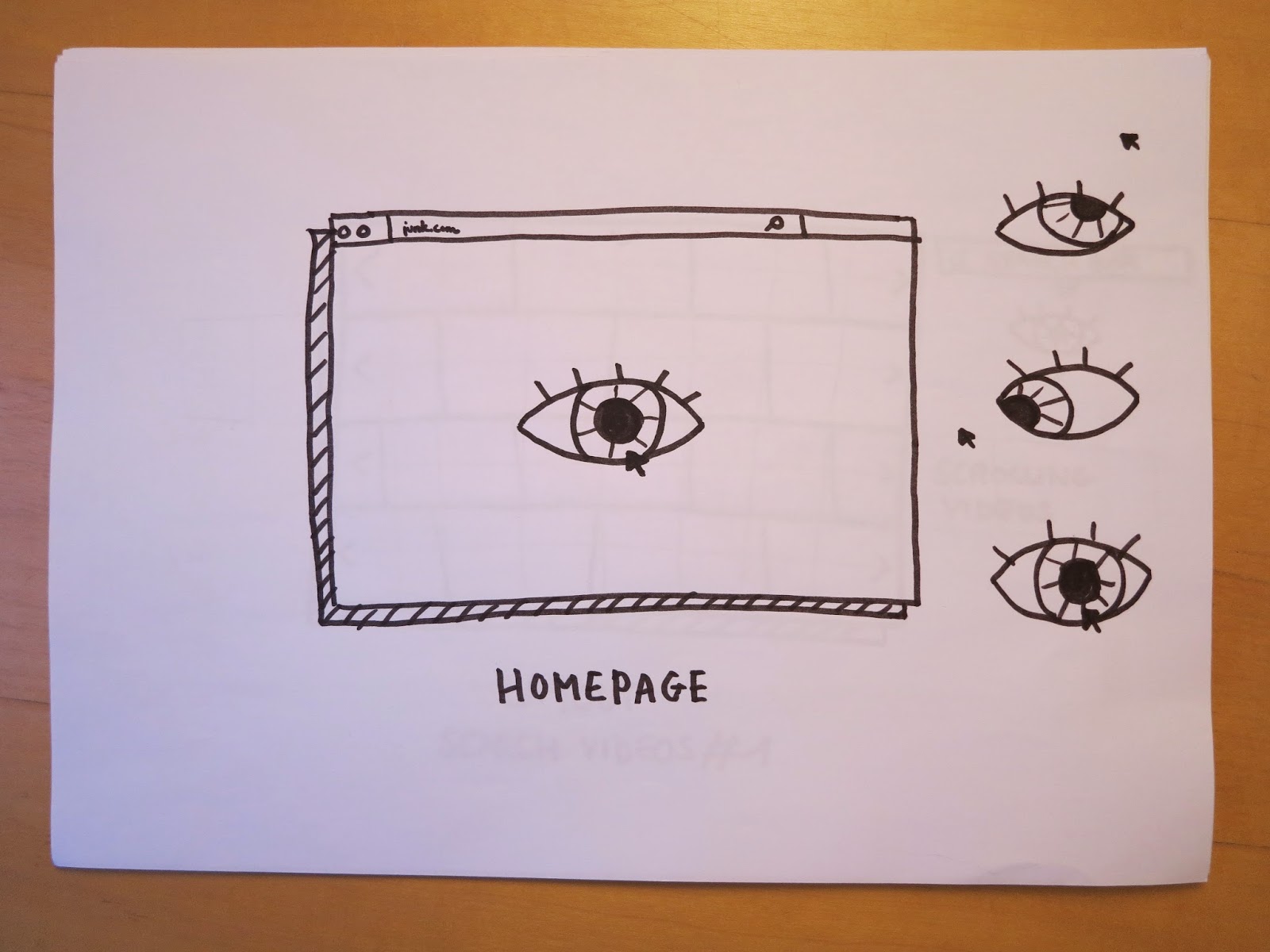User Experience Design (or UXD) is a method that shows how users interact with a product/service. It's not just the way they use it. It is also the role that the product plays in the life of a person.
Must take into account the empathy, the affects of the client. That's why brand identity exists, it creates a direct link between us and the brand. We need to believe in the company to consider a product.
Dicussion : what products or services can you think of that have significant user experience concerns ? Particularly in contrast to competing products/services.
Facebook/Twitter
Firefox/Chrome/Safari/Internet Explorer
Ebay/Amazon
YouTube/Vimeo
Design for the wild : design to where it's supposed to be.
Garrett's model of UXD : abstract to concrete, the prupose is to know what and why is the content of the product, aesthetics, etc.
Task : consider Garett's model in relation to your website :
Strategy : to present videos in a different way, explain the meaning of viral videos with a text content.
Scope : its function is based on surprise. The interaction between user and interface needs to be easy to manipulate in order to see the more of videos.
Structure : links to random videos, search bar to tap key words to find specific subjects.
Skeleton : when you are on a video page, there are links to other videos, a homepage with a selection, an about page and and a top videos page.
Sensory Design : equiity between video/text content, soft design with geometric and simple forms.
UXD Methods :
1° User research : real life user reasearch - goals of particular user groups, attitudes and behaviours
2° Personas : there are documents that describe a user type based on research
3° Content Strategy : based on user research, persona docs as well as the overall brand/project. What is the necessary content ? Hierarchy ? What content reflects brand identity ?
4° Site maps/Task flows/User journeys :
5° Wireframes :
6° A/B Testing : method of testing a variation of a system against the existing
Task : try to apply persona to your own website.
'I want to see viral videos because I'm bored.'
Key goals :
- want to be diverted
- have no precise objectives
- curious to learn new stuffs
Behaviour :
- looking for video websites
- don't want to search for a long time
- ok if someone/something choose videos in my place
Must :
- communicate in an interaction way with user to make him/her wanting to go further on the website
Not must :
- getting boring the user more than he's already
In conclusion, it's important to know precisely how the user interacts with your product/website to correspond with his needs.








































